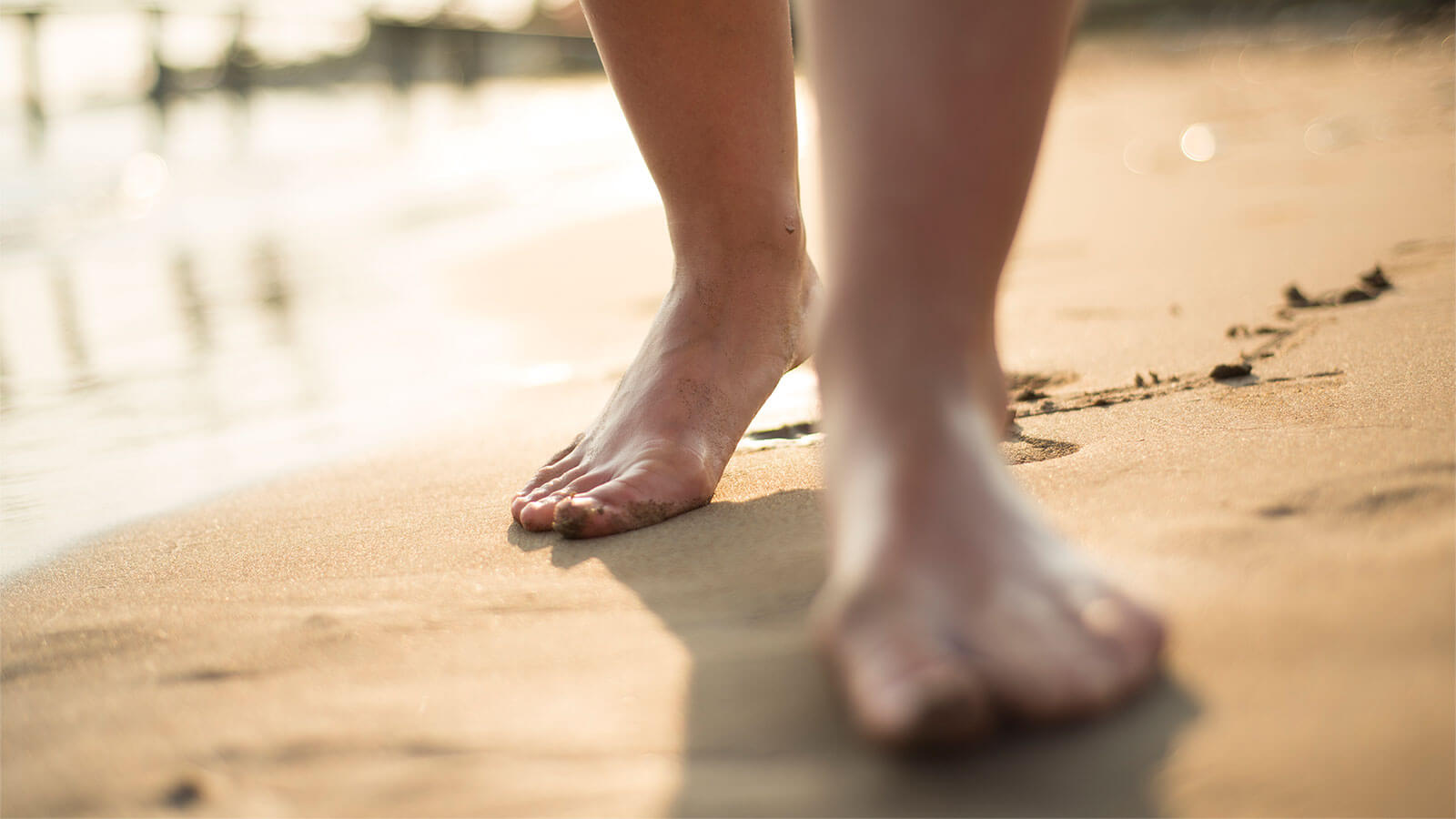High Arch (Pes Cavus) Foot
Pes Cavus, defined as foot having an abnormally high medical medial longitudinal arch. Usually bilateral, High arch deformity is apparent at an early age. trauma or neuro-muscular disease may lead to the condition Pes Cavus (High Arch). Initially asymptotic, the deformity often becomes progressively symptomatic with age. Due to this condition, while walking or standing the entire body weight gets distributed on two points - ball and heel of the foot resulting in increased stress on the heel and metatarsals. In this condition, the toes may also develop a "clawing" deformity with painful corns on the top of the toes or at the tips. This creates abnormal stress on the soft tissues of the heel and mid-tarsal joints (arch). The shock is transmitted up the kinetic chain to the ankle, knees, hips, and lower back that leads to a painful condition. So if you are experiencing any kind of pain instability in your foot region for quite some time, do not ignore it. High-Arch can be the underlying cause of it.
Causes of High-Arched foot
Cavus foot or high arched foot is often a result from a neurologic disorder or other medical condition such as cerebral palsy, Charcot-Marie-Tooth disease, spina bifida, polio, muscular dystrophy, or stroke. In some cases, the cavus foot, the high arch is also an inherited structural abnormality. For people having a high arched foot, it is always advisable to undergo an accurate diagnosis since the underlying cause of cavus foot largely determines its future course. For instance, if the high arch has occurred due to a Neurologic disorder or other medical condition, it is likely to get worse with passage of time. On the other hand, if there are some other reasons for the condition, it will not change in appearance.
Although high foot arches are much less common than flat feet condition, it tends to be more painful than flat feet as more stress is placed on the section of the foot between the ankle and the toes (metatarsals). This condition generally makes it difficult to fit shoes. In addition, those with high arches usually need foot support. Always remember, a high arch problem can cause significant disability.
Symptoms
Unlike other types of foot deformities, High-arch is quite easy to detect in a person. People having high-arch feel symptoms such as appearance of Bent toes or fist-like toes or experience pain while standing or walking. Unstable stance due to heel shaping inward also results in ankle sprains. Some patients also complain of calluses on the ball, side and on/or the heel of the foot.
Incidentally, Pes Cavus patients may also suffer from foot drop, a state of foot and ankle muscles weakness that leads patients to drag the foot while taking a step.
Diagnosis of High Arch
During Cavus Foot diagnosis, the foot and ankle surgeon reviews patient's family history. The surgeon examines the foot, looking for a high arch and possible calluses, hammertoes, and claw toes.
Non-Surgical Treatment
Non-surgical treatment of cavus foot may include custom orthotic devices that fit into the shoe are beneficial for the treatment as they stability and cushioning to the foot. High-topped shoes also help support the ankle, and shoes with heels a little wider on the bottom add stability.
When Surgery is Needed?
When non-surgical treatment fail to adequately relieve pain and improve stability, the surgeon will suggest the patient to undergo the surgery to decrease pain, increase stability, and compensate for weakness in the foot. The surgeon will opt for the surgery as per the patient's individual case. For patients, where underlying cause is neurologic problem, surgery may be needed again in the future due to the progression of the disorder.

